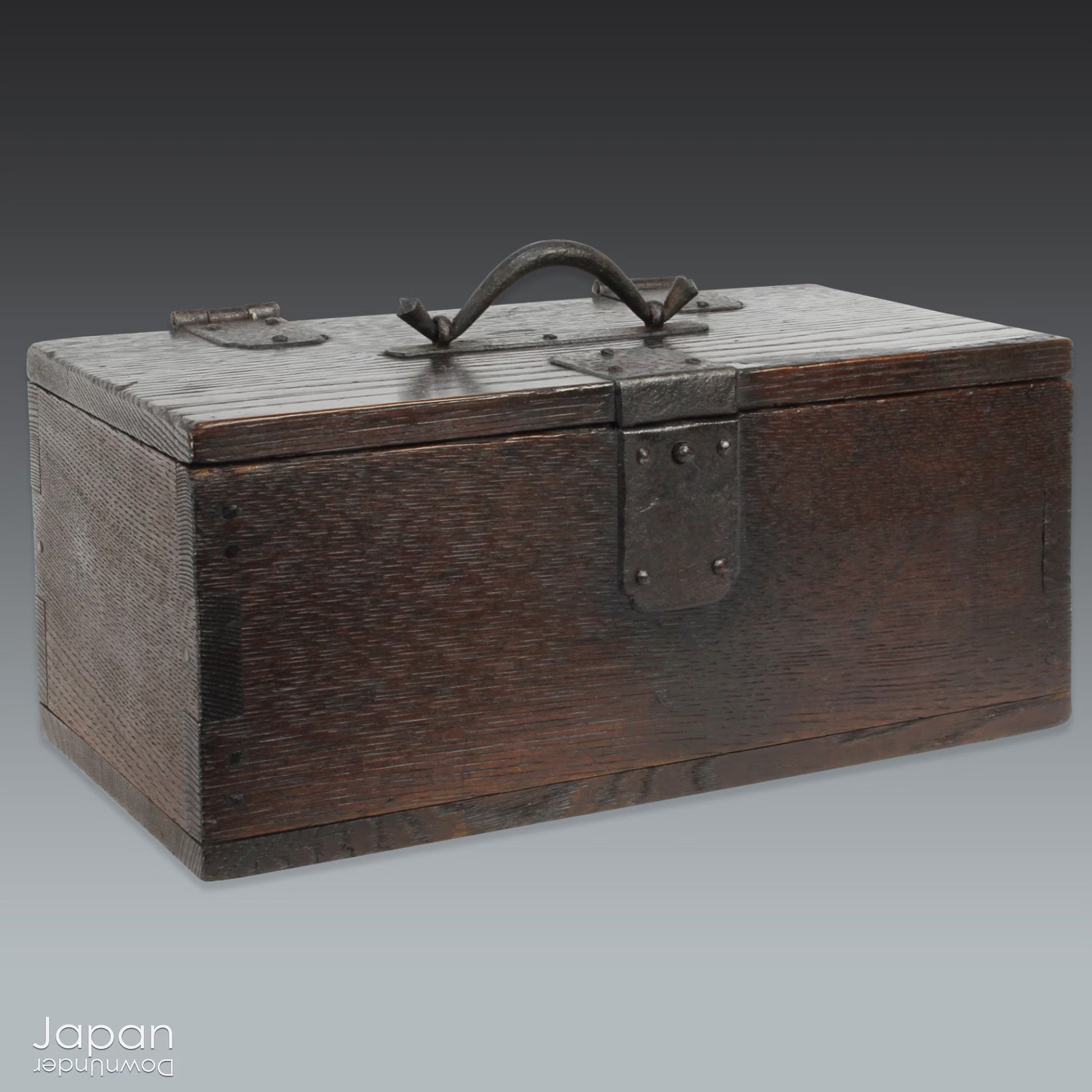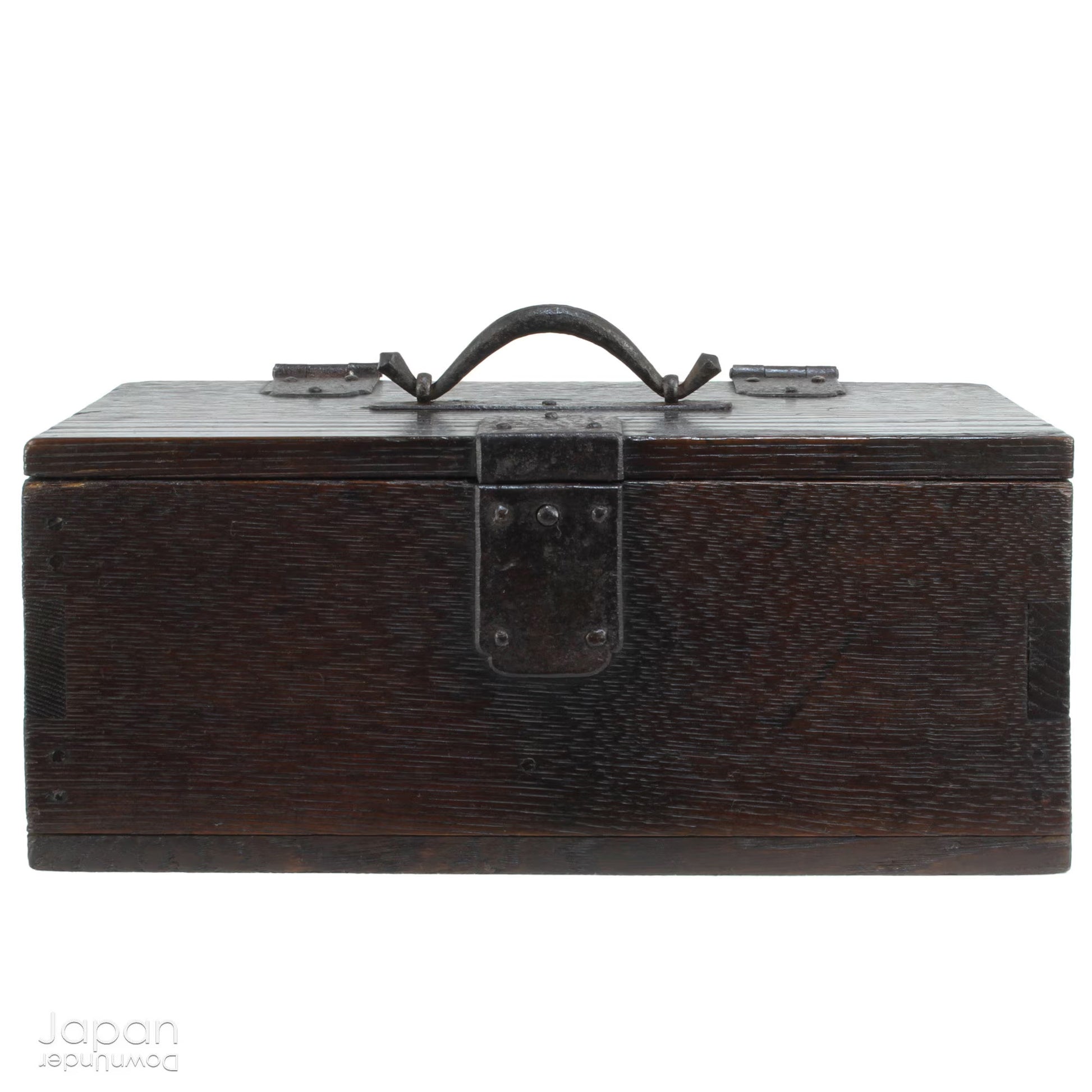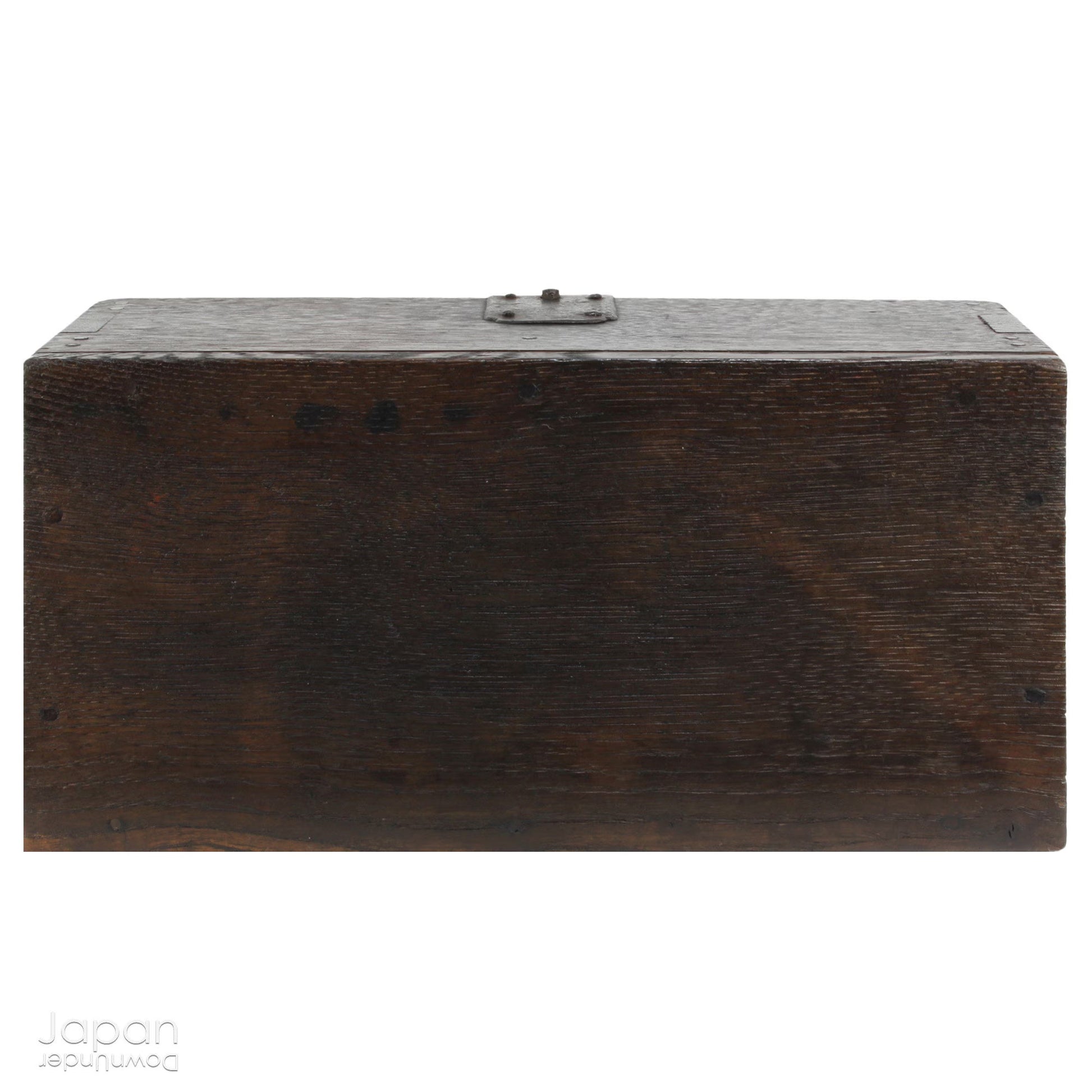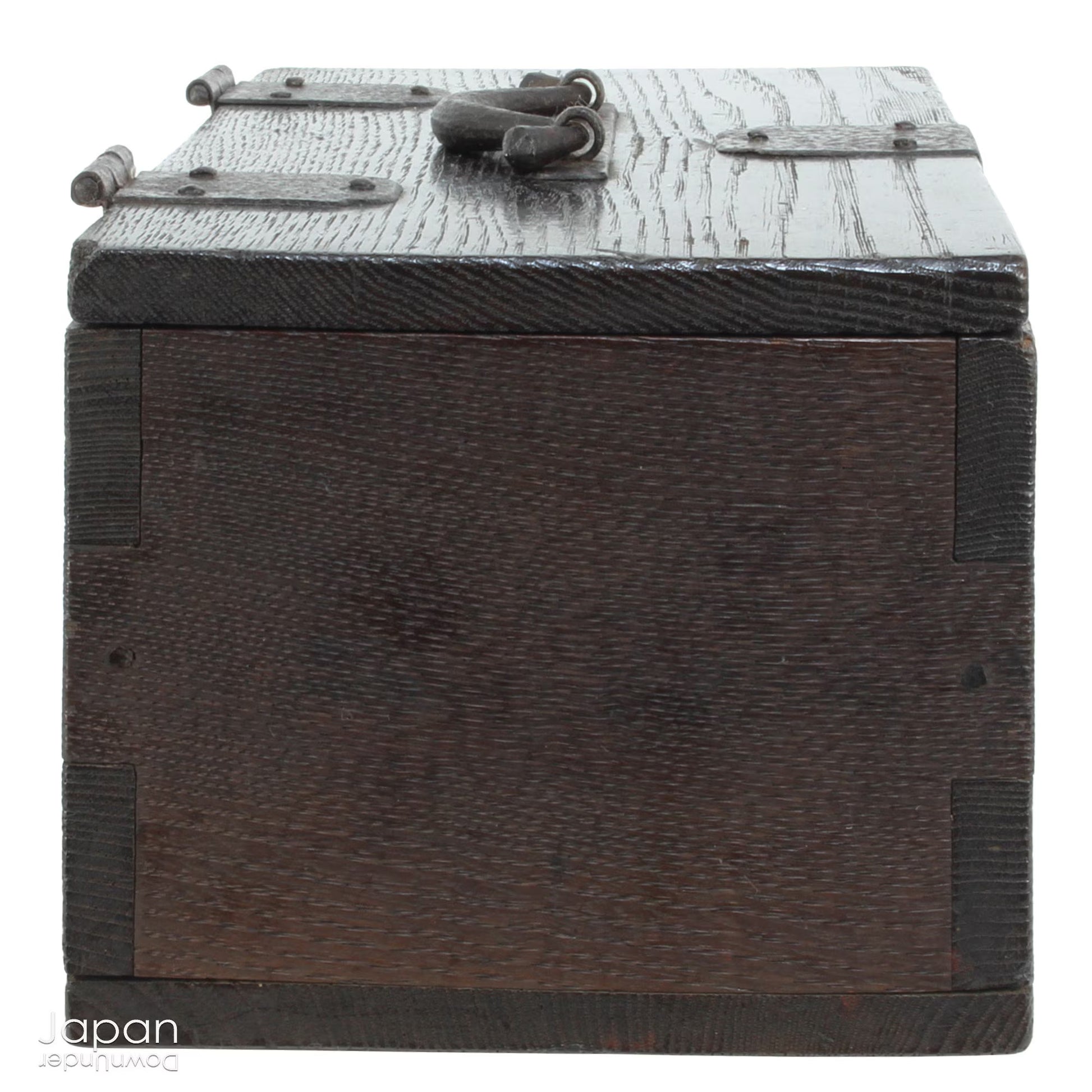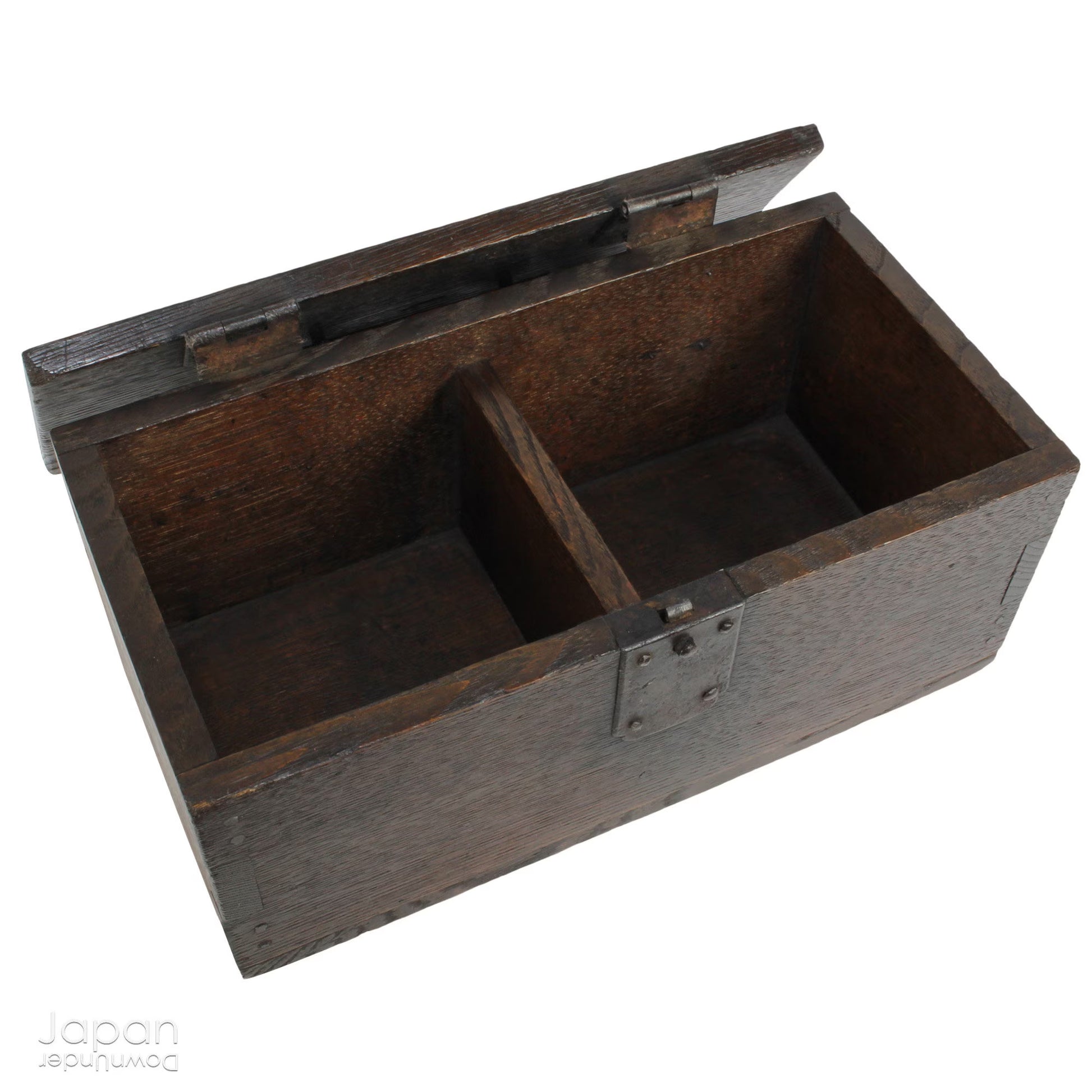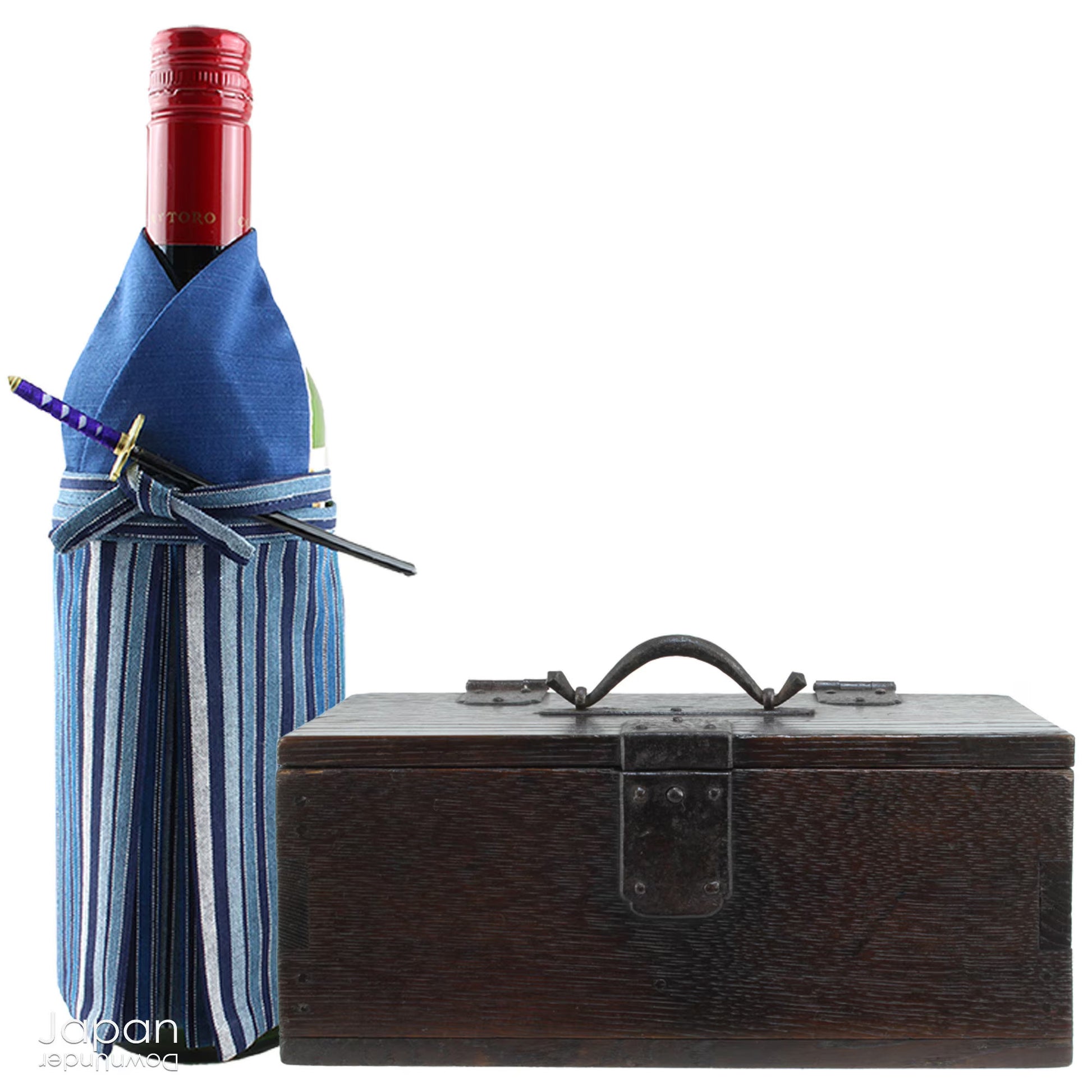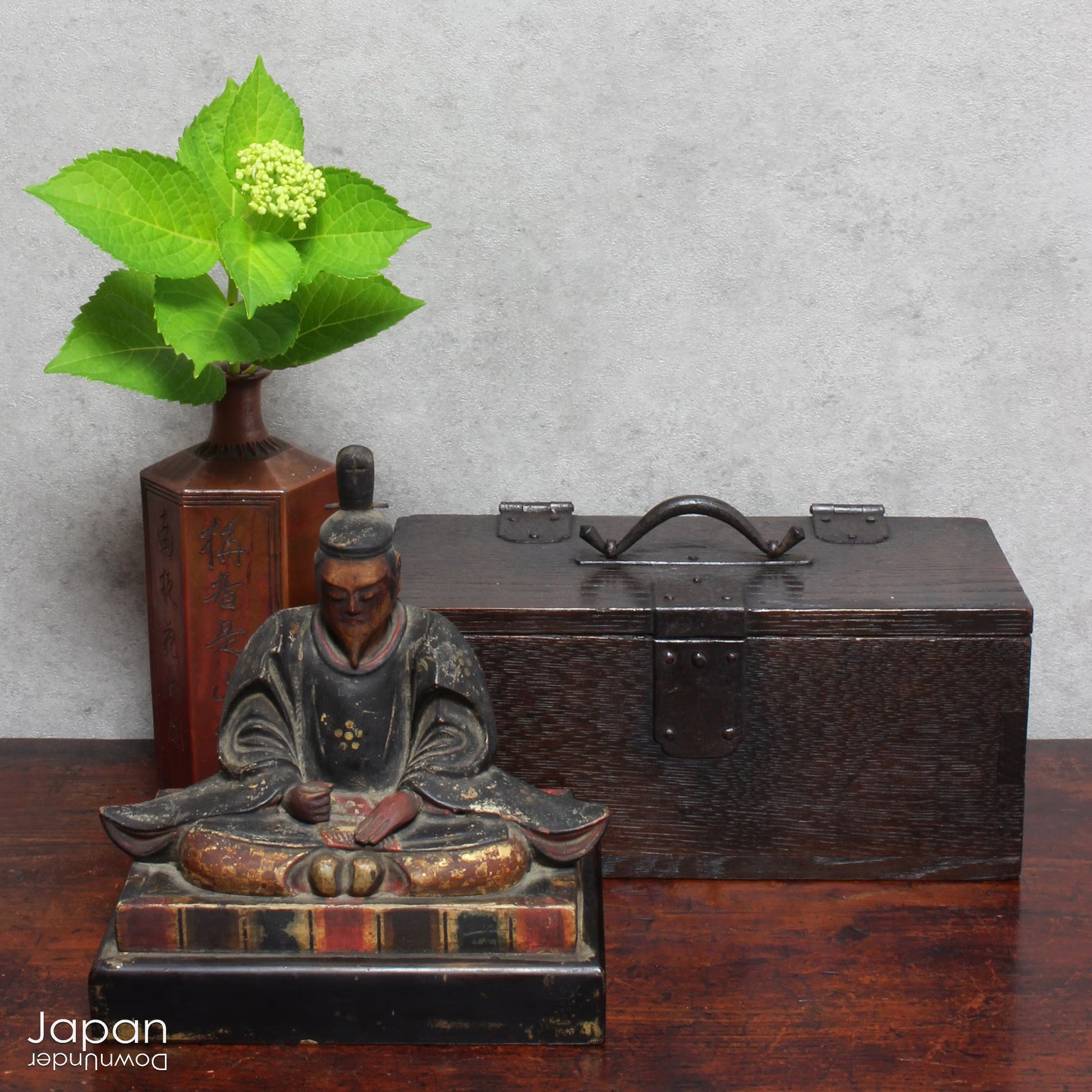JapanDownUnder
rustic antique japanese keepsake box for small treasures
rustic antique japanese keepsake box for small treasures
Couldn't load pickup availability
Love Japanese Style Like We Do
Uncover the quiet charm of this small wooden box from Japan’s Meiji period - a timeless piece where rustic practicality meets understated beauty. Modest in size but rich in character, this box offers a refined way to store your cherished small items while adding a touch of historical elegance to any space.
Crafted with Purpose, Celebrated in Simplicity:
In traditional Japanese design, function was the foundation. Furniture and storage solutions like this were born from necessity rather than ornamentation, yet it is within this restraint that Japanese craftsmanship shines. Inspired by the mingei movement - Japan’s celebration of folk crafts - this piece honors the everyday object as both useful and beautiful.
A Glimpse Into Japan’s Mercantile Past:
Throughout Japan’s history, small wooden chests were used to keep important items safe - ranging from personal effects to business documents. This particular example was designed specifically to house inkan, the personalized seals essential for signing contracts and conducting official business. Its design is not only practical but historically significant.
Design Details with a Story to Tell:
Made from light-toned oak and fitted with metal hardware, the box features a sturdy top handle and secure lock plate, ensuring it could be easily transported when needed. Inside, it’s divided into two compartments - ideal for organizing multiple seals. The front clasp mechanism is typical of accounting boxes from the period: press down on the round catch and pull the lid forward to open.
Rare, Refined, and Collectible:
While larger suzuribako inkstone cases were commonly used by merchants, compact seal boxes like this were typically reserved for higher-ranking professionals - making them a rarer and more desirable collector’s item today.
Worn by Time, Rich in Soul:
This box wears its age gracefully. Subtle scratches, soft dents, and a warm, mellow patina speak of its years in use. It remains sturdy and structurally sound, full of the kind of personality only time can give. Whether you’re a collector of Japanese folk crafts or simply appreciate storied objects, this box is a soulful and practical addition to your space.
- measures around 25.5 cm (10”) across x 13 cm (5.1”) deep x 11 cm (4.3”) tall.
- weighs 820 gm.
(listing for seal box only)
SHIPPING INFORMATION
- please read our shipping notes in shipping policy.
- we use recycle packaging wherever possible and wrap for safety, rather than appearance!
ABOUT OUR VINTAGE, ANTIQUE AND OTHER ITEMS
We list pieces we feel are worthy of display. There may be scratches, dents, fading and signs of wear and tear. We try to explain the condition of each item exactly, but may miss something.
Information regarding the item and it’s age is obtained from dealers and our personal research. We do our best to give you the correct information but please be aware that we cannot guarantee this information.
Please message us prior to purchase with any questions you may have about our products.
ABOUT JAPANESE ANTIQUE FURNITURE
The roots of furniture production in Japan were function. Mastery and skill were evident in Japanese antique furniture but it was conceived of need and was more a folk craft than a fine art. Cabinetry craft developed in response to the demand for useful everyday containers, trunks and chests for totally functional purposes and that is where the true beauty of Japanese furniture lies.
The Japanese lived on tatami mats in small houses. Their artistic aesthetic emphasized minimalism and decorative furniture and personal possessions weren’t acquired like in the West. Antique furniture was basically a large range of storage chests from small sewing boxes to very large chests for storing futons.
It was the lower classes, the merchants, artisans and farmers who created the greatest demand for furniture, for use in their homes, shops and farms. Wherever a need existed, a corresponding cabinet or tansu was developed, leading to the vast array of styles, shapes and sizes in Japanese furniture.
In the Edo and Meiji era clothing tansu with drawers for kimono (isho dansu), sewing boxes (hari bako), vanities (kyodai) and cabinets for tea utensils (cha dansu) and crockery (mizuya dansu) were important items in the home. Wooden safes (zeni dansu) guarded valuables in homes and shops. The upper classes, descendants of samurai families, would have had special order sword chests (katana dansu) and writing desks. Those studying Noh had a costume trunk and a small chest of square dressers for storing masks (nomen dansu).
Sea captains had special chests for storing valuables and documents on board (zeni dansu) The village chemist had a medicine chest (kasuri dansu) with many small drawers. The barber had a tall thin chest (dogu bako) for combs , razors and scissors. There was a special chest for those using hand tools (kanagu dogu bako). A merchant had a small box to store name seals (han bako) and a box to store an abacus, ink stone and brushes (suzuribako) for bills and receipts. Lamp oil was delivered in an oil peddler's box (abura gyosho hako).
These are just a sample of the wonderful array of functional Japanese furniture that can still be used today for storing any items relative to your lifestyle, while at the same time, creating a beautiful interior accent and a reminder of days gone by.
MINGEI
Mingei are the tools and utensils that were used daily by the common people in Japan. They were inexpensive, simple and functional. Usually produced by hand, in large quantities, their artists were anonymous. They became representative of the local area where they were produced.
The word Mingei combines “min” meaning common people and “gei” meaning art - the art of the common people. It was coined by the Japanese philosopher Sōetsu Yanagi. He found beauty in ordinary crafts for daily use and argued that true beauty could be found only in the objects made by unknown people, in a spirit of selfless innocence and in close harmony with nature.
Share









